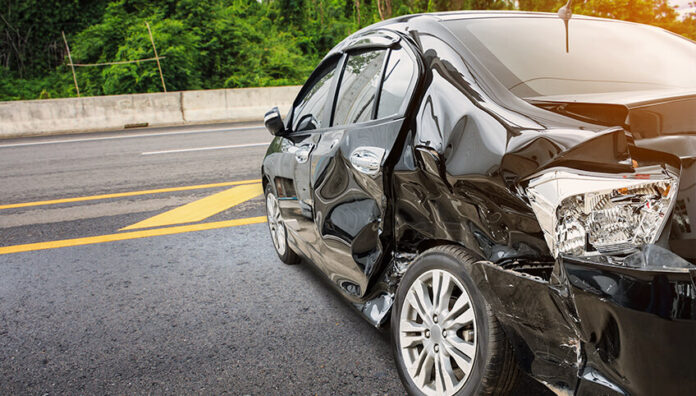Car accidents can occur in various forms, resulting in devastating consequences. Gaining knowledge about the different types of car accidents in North Carolina is crucial for drivers and passengers to be aware of potential risks and take necessary precautions.
In this article, we will educate you on the common types of car accidents that are most common in North Carolina, their causes, and the potential legal implications associated with each type. By familiarizing ourselves with these accident scenarios, we can strive to prevent them and ensure safer roads for everyone.
Types of Car Accidents That Occur On North Carolina Roads
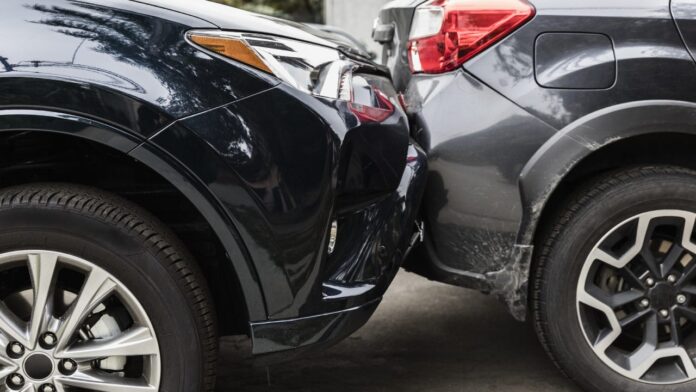
It is important to remember that seeking legal assistance from an experienced personal injury attorney is key in a car accident. Contact a car accident lawyer at Whitley Law Firm; they can guide you through the complexities of the legal process, help you gather evidence, negotiate with insurance companies, and support you in withholding your rights.
By understanding the different types of car accidents and their legal implications, we can work towards safer roads and ensure that victims receive the justice and compensation they deserve. Here are the types of accidents you should familiarize yourself with.
Rear-End Collisions
Rear-end collisions are among the most common car accident types in North Carolina. These accidents typically occur when one vehicle strikes the rear of another vehicle. They can happen due to various factors, including distracted driving, tailgating, sudden braking, or failure to maintain a safe distance. Rear-end collisions can result in whiplash, head injuries, and property damage. In such cases, liability is often placed on the driver who struck the other vehicle from behind.
Intersection Accidents
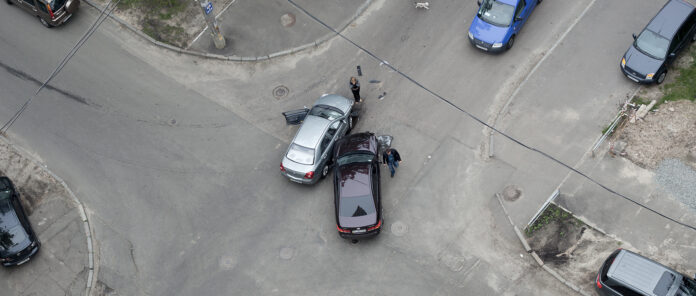
Intersection accidents occur at intersections where two or more roads meet. These accidents can involve various scenarios, such as running red lights, stop sign violations, failure to yield, or making improper turns. Intersection accidents often result in T-bone or broadside collisions, which can lead to severe injuries or even fatalities. Determining liability in intersection accidents requires thoroughly investigating traffic signals, right-of-way rules, and driver actions.
Head-On Collisions
Head-on collisions are some of the most severe car accidents, often resulting in catastrophic injuries and fatalities. These accidents occur when two vehicles collide front-to-front. They can happen due to wrong-way driving, overtaking in a no-passing zone, or drifting into oncoming traffic. Head-on collisions are frequently caused by reckless or impaired driving, and establishing liability can involve assessing driver actions, road conditions, and any contributing factors.
Side-Swipe Accidents
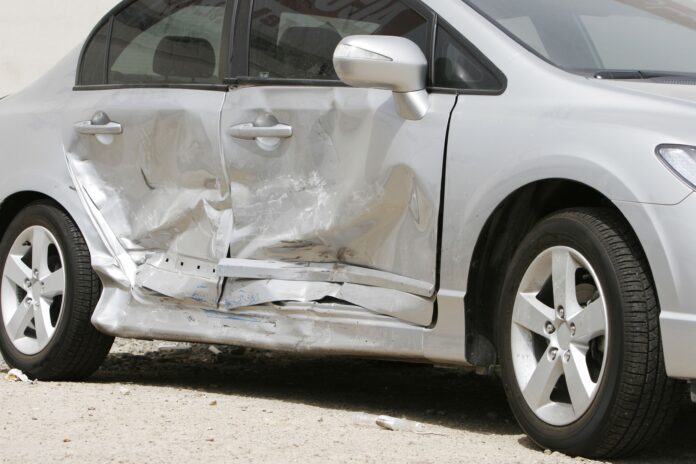
Side-swipe accidents occur when two vehicles traveling parallel to each other make contact. These accidents typically happen when one vehicle drifts into another lane without proper signaling or fails to maintain its lane. Side-swipe accidents can damage both vehicles and can be dangerous if they cause one or both vehicles to veer off the road or into other vehicles. Determining liability in these accidents often requires assessing driver actions and any applicable traffic laws.
Rollover Accidents
Rollover accidents involve a vehicle flipping onto its side or roof. These accidents can occur due to various factors, including high-speed maneuvers, abrupt steering, and collisions with other vehicles or objects. Rollover accidents are particularly dangerous and can lead to severe injuries or fatalities. They often involve SUVs or vehicles with a higher center of gravity. Determining liability in rollover accidents may need investigating driver actions, vehicle stability, road conditions, and potential defects.
Single-Vehicle Accidents
Single-vehicle accidents involve only one vehicle and typically occur when a driver loses control, veers off the road, or collides with a stationary object. These accidents can result from various factors, including distracted driving, fatigue, speeding, or adverse weather conditions.
In single-vehicle accidents, determining liability may involve assessing driver actions, potential negligence, and contributing factors such as road hazards or defective vehicle components.
Multi-Vehicle Pileups
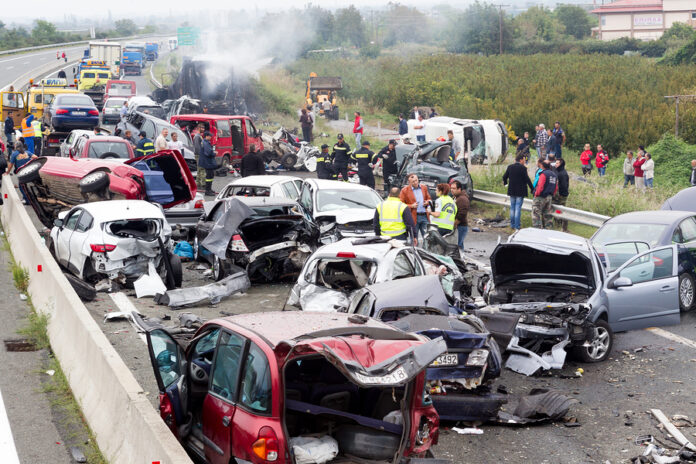
Multi-vehicle pile-ups are complex accidents involving three or more vehicles. These accidents occur on highways or in questionable weather conditions, such as fog, snow, or heavy rain. Multi-vehicle pile-ups can be catastrophic, resulting in injuries and significant property damage.
Determining liability in these accidents can be challenging, as multiple factors and vehicles may be involved that contributed to the collision. Investigations will need to be done assessing driver actions, road conditions, visibility, and any other factors that played a role.
What to do When an Accident Occurs?
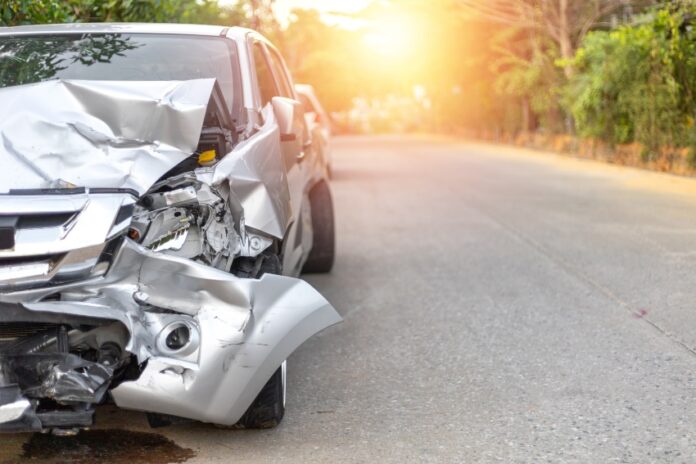
In the event of a car accident, it is crucial to act quickly and calmly. Follow these essential steps to ensure safety, gather important information, and protect your interests during this challenging situation.
Ensure Safety: Move your vehicle to a safe location, away from traffic if possible. Check for injuries among all parties involved and call emergency services if needed. Prioritizing safety is paramount.
Call the Police: It is essential to report the accident to the police, even if it seems minor. They can document the incident and provide an official accident report, which can be valuable for insurance claims and legal proceedings.
Exchange Information: Collect contact, insurance, and vehicle details from the other driver(s) involved. Include names, phone numbers, addresses, license plate numbers, and insurance policy information. This information is vital for filing insurance claims and facilitating communication between parties.
Gather Evidence: Take photos or videos of the accident scene, documenting vehicle damage, road conditions, and any other relevant details. Visual evidence can be crucial for supporting your account of the accident and protecting your interests.
Document Witness Information: Obtain names and contact information of any witnesses present. Witness statements may provide valuable testimony to support your version of events and help in resolving any disputes.
Notify Your Insurance Company: Report the accident promptly to your insurance company, providing accurate and detailed information about the incident. Adhere to any specific reporting requirements outlined in your insurance policy to ensure a smooth claims process.
Seek Medical Attention: Even if you feel fine immediately after the accident, it is advisable to seek medical evaluation. Some injuries may not manifest symptoms right away, and a medical professional can conduct a thorough examination to detect any hidden injuries.
Don’t Admit Fault: Refrain from discussing fault or liability with the other parties involved. It is important to let insurance companies and authorities determine liability based on their investigations and the evidence available.
Preserve Evidence: Keep all documents, receipts, and communication related to the accident. These records will serve as valuable evidence to support your claims and protect your interests throughout the resolution process.
Follow Up and Document: Maintain detailed records of medical treatments, repairs, and expenses incurred as a result of the accident. These records will help in accurately assessing and claiming compensation for any damages or injuries.
Consult an Attorney: If you have concerns about your rights, liability, or the handling of your insurance claim, seeking legal advice from a personal injury attorney experienced in car accidents can provide guidance and protect your interests.
Stay Safe On North Carolina Roads

Understanding the different types of car accidents that can occur in North Carolina is essential for both drivers and passengers. By familiarizing ourselves with these accident scenarios and their potential causes, we can become more aware and take necessary precautions to prevent collisions.
Additionally, knowing the legal implications of each type of car accident can help victims protect their rights and seek appropriate compensation if they have been injured due to another driver’s negligence.

